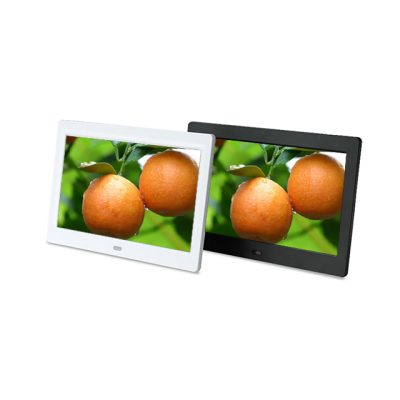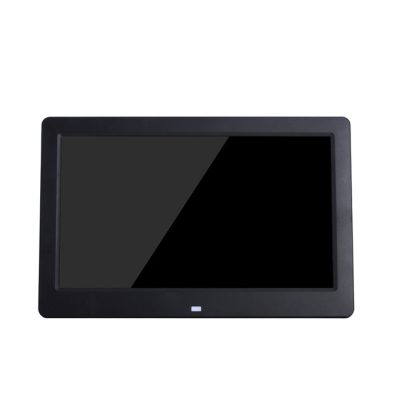Touch screens have become a prominent feature in automotive technology, revolutionizing the way we interact with in-car systems and infotainment. They offer a more intuitive and user-friendly interface compared to traditional buttons and knobs. Here are some key aspects of touch screens in automotive technology:
- Infotainment Systems: Touch screens are commonly used for infotainment systems, allowing drivers and passengers to control audio, navigation, communication, and other entertainment features through a touchscreen interface.
- Multimedia Control: Touch screens provide a convenient way to control multimedia elements, such as adjusting volume, changing radio stations, selecting songs or playlists, and managing smartphone connectivity.
- Navigation: Touch screen navigation systems are widely used in modern vehicles. They provide real-time mapping and directions, allowing drivers to input destinations and view maps with ease.
- Climate Control: Some vehicles use touch screens to manage climate control settings, including temperature, fan speed, and seat heating or cooling.
- Vehicle Settings: Touch screens often enable users to customize various vehicle settings, such as adjusting driver-assistance features, configuring lighting preferences, and selecting driving modes.
- Smartphone Integration: Touch screens support seamless integration with smartphones through platforms like Apple CarPlay and Android Auto, allowing users to access their phone’s apps, messages, and voice assistants on the car’s display.
- Touch Screen Types: Automotive touch screens come in various types, including resistive and capacitive screens. Capacitive screens are more common in modern vehicles because they offer better touch sensitivity and multi-touch capability.
- Haptic Feedback: Some touch screens incorporate haptic feedback, which provides tactile sensations when you touch the screen. This helps users feel buttons and controls, reducing distractions while driving.
- Gesture Controls: Advanced touch screen systems may also support gesture controls, allowing users to perform specific actions by making gestures in front of the screen, reducing the need for physical touch.
- Safety Considerations: While touch screens offer convenience, they can also be distracting for drivers if not designed and used appropriately. Many automakers are addressing this issue by implementing features like voice recognition and steering wheel controls to mitigate distractions.
- Maintenance and Durability: Automotive touch screens need to be durable and resistant to wear and tear, as they are subjected to various environmental conditions and constant use. Proper maintenance and cleaning are essential to ensure their longevity and performance.
- Size and Placement: The size and placement of touch screens vary between vehicle models. Some cars have larger, centrally located screens, while others integrate smaller screens into the dashboard or instrument cluster.
- Future Developments: As technology continues to advance, touch screens in automotive technology are likely to become more integrated with augmented reality displays, offering even more intuitive and immersive experiences for drivers and passengers.
While touch screens have brought significant advancements to automotive technology, it’s important for manufacturers to strike a balance between innovation and safety, ensuring that these systems enhance the driving experience without compromising road safety.















